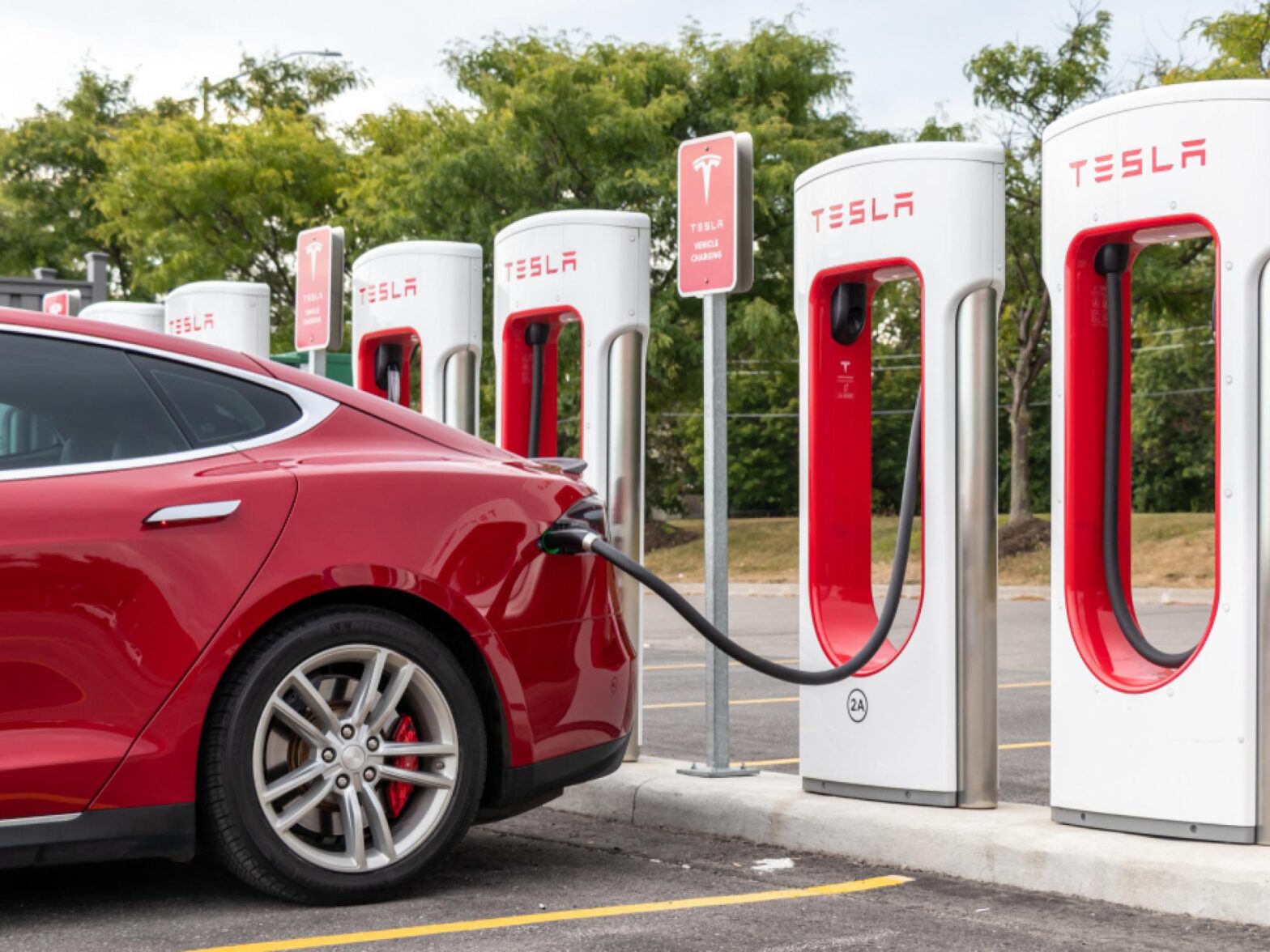Tesla Inc (NASDAQ:TSLA) executive Rohan Patel confirmed on Wednesday that the EV giant reached out to the government in Mexico over the rules the country intends to introduce on the establishment of electric stations, in favor of a good EV customer experience.
What Happened: Patel said in a post on X that there are five different connector standards in Mexico, of which a charging station operator has to pick just two as per the rules proposed by Mexico’s Energy Regulatory Commission (CRE).
This, the executive, said, does not accelerate EV deployment or provide a good experience. Further, it would inhibit cross-border travel between the U.S. and Mexico, he said, while adding that Tesla has invested heavily in a cross-country charging network in Mexico.
“We want to make sure Mexico has an accessible network that meets all vehicle needs,” Patel, vice president of Public Policy and Business Development at Tesla, wrote.
Needing a station to offer different types of chargers will increase the complexity and cost of stations, Tesla reportedly said in its letter to the government.
“Having 5 different connector standards in Mexico where an operator just has to pick 2 of the 5 does not accelerate deployment and provide a good customer experience. Some of the connector types are being phased out (CCS1 and CHAdeMO) or would inhibit cross border travel with the US. We want to make sure Mexico has an accessible network that meets all vehicle needs,” Patel said in his post.
Why It Matters: In the U.S., there are currently two popular charging standards; Tesla’s proprietary North American Charging Standard (NACS) and the Combined Charging System (CCS).
Most automakers including General Motors have already signed up to incorporate Tesla’s NACS standard into their vehicles starting 2025.
Ford and Rivian EV drivers have already started charging on Tesla’s NACS-incorporated superchargers in North America with the help of adapters. The adapters will no longer be needed once EVs come with NACS charge ports built in.
Check out more of Benzinga’s Future Of Mobility coverage by following this link.
Image Via Shutterstock





